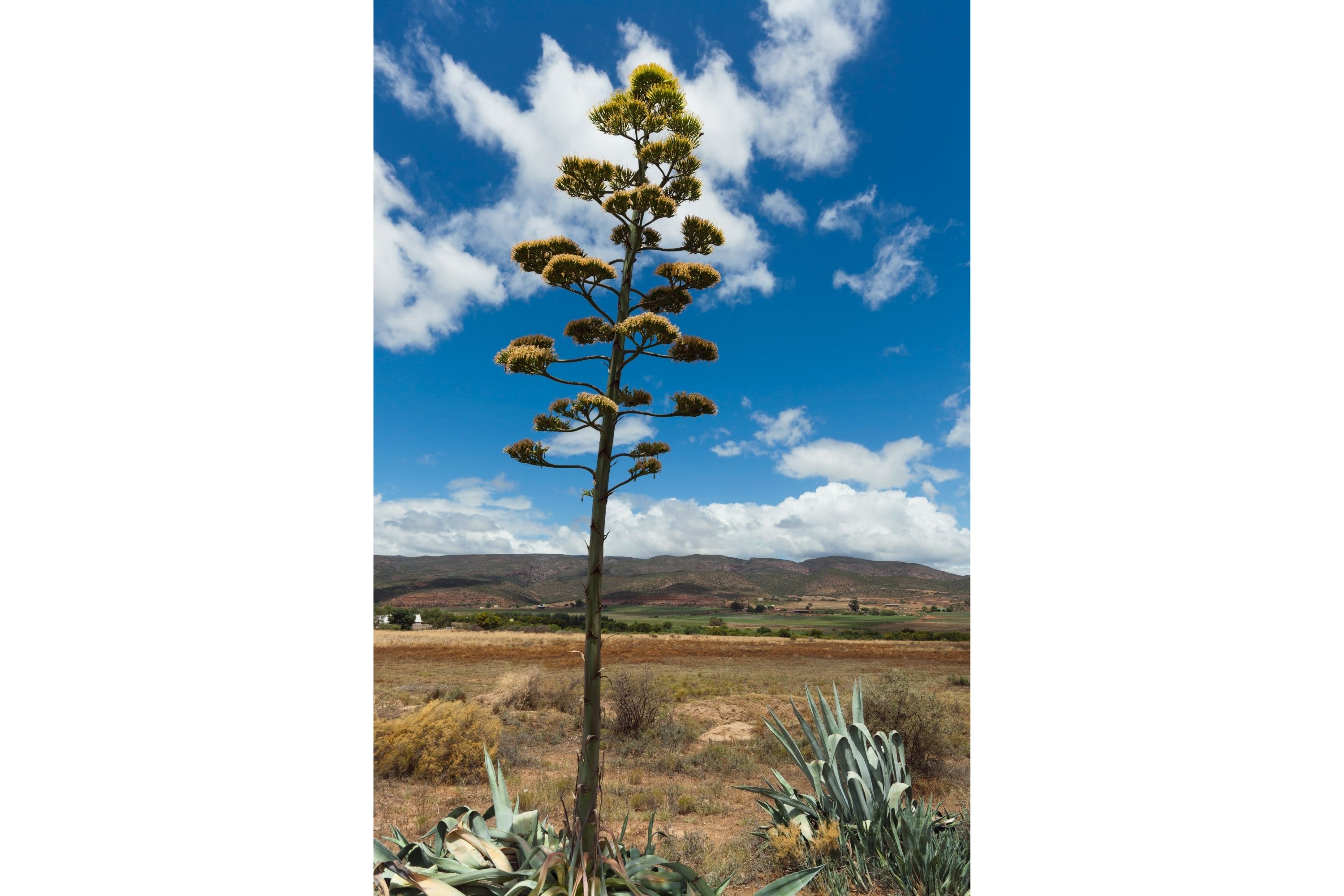Agave
(Agave cantala)

Description
Agave cantala is a species of asparagus plant. It was first described by Adrian Hardy Haworth, and given the exact name of William Roxburgh and Salm-dyck. Agave cantala belongs to the genus Agave, and family Asparagaceae. Agave is a genus of monocots native to the hot and arid regions of the Americas, although some Agave species are also native to tropical areas of South America. The genus Agave (from the Ancient Greek αγαυή, agauê) is primarily known for its succulent and xerophytic species that typically form large rosettes of strong, fleshy leaves. Agave now includes species formerly placed in a number of other genera, such as Manfreda, ×Mangave, Polianthes and Prochnyanthes. Many plants in this genus may be considered perennial, because they require several to many years to mature and flower. However, most Agave species are more accurately described as monocarpic rosettes or multiannuals, since each individual rosette flowers only once and then dies; a small number of Agave species are polycarpic. Maguey flowers are considered edible in many indigenous culinary traditions of Mesoamerica. Along with plants from the closely related genera Yucca, Hesperoyucca, and Hesperaloe, various Agave species are popular ornamental plants in hot, dry climates, as they require very little supplemental water to survive. Most Agave species grow very slowly. Some Agave species are known by the common name "century plant". The succulent leaves of most Agave species have sharp marginal teeth, an extremely sharp terminal spine, and are very fibrous inside. The stout stem is usually extremely short, which may make the plant appear as though it is stemless. Agave rosettes are mostly monocarpic, though some species are polycarpic. During flowering, a tall stem or "mast" ("quiote" in Mexico), which can grow to be 12 metres (40 feet) high, grows apically from the center of the rosette and bears a large number of short, tubular flowers and sometimes vegetatively produced bulbils (a form of asexual reproduction). After pollination/fertilization and subsequent fruit development, in monocarpic species, the original rosette dies. However, throughout the lifetime of many Agave species, rhizomatous suckers develop above the roots at the base of the rosette.
Taxonomic tree:







